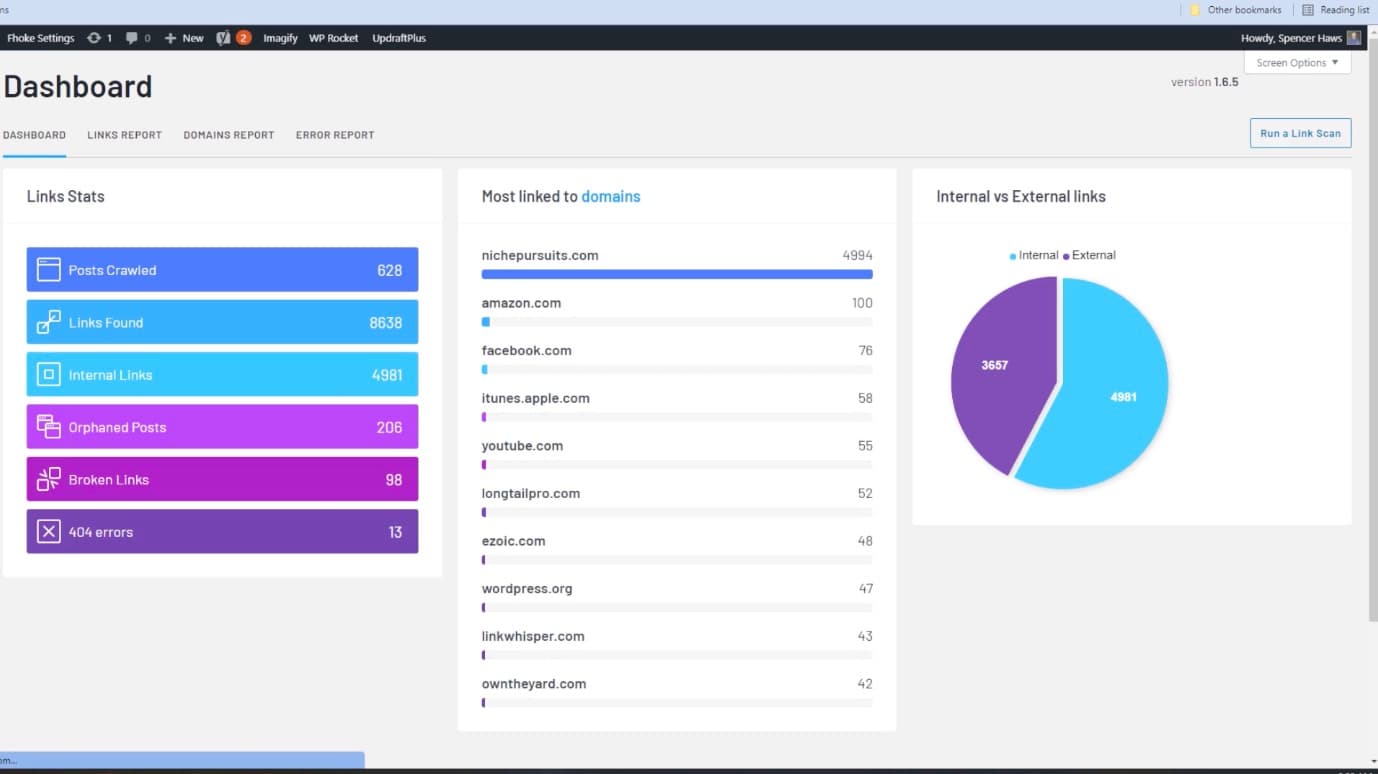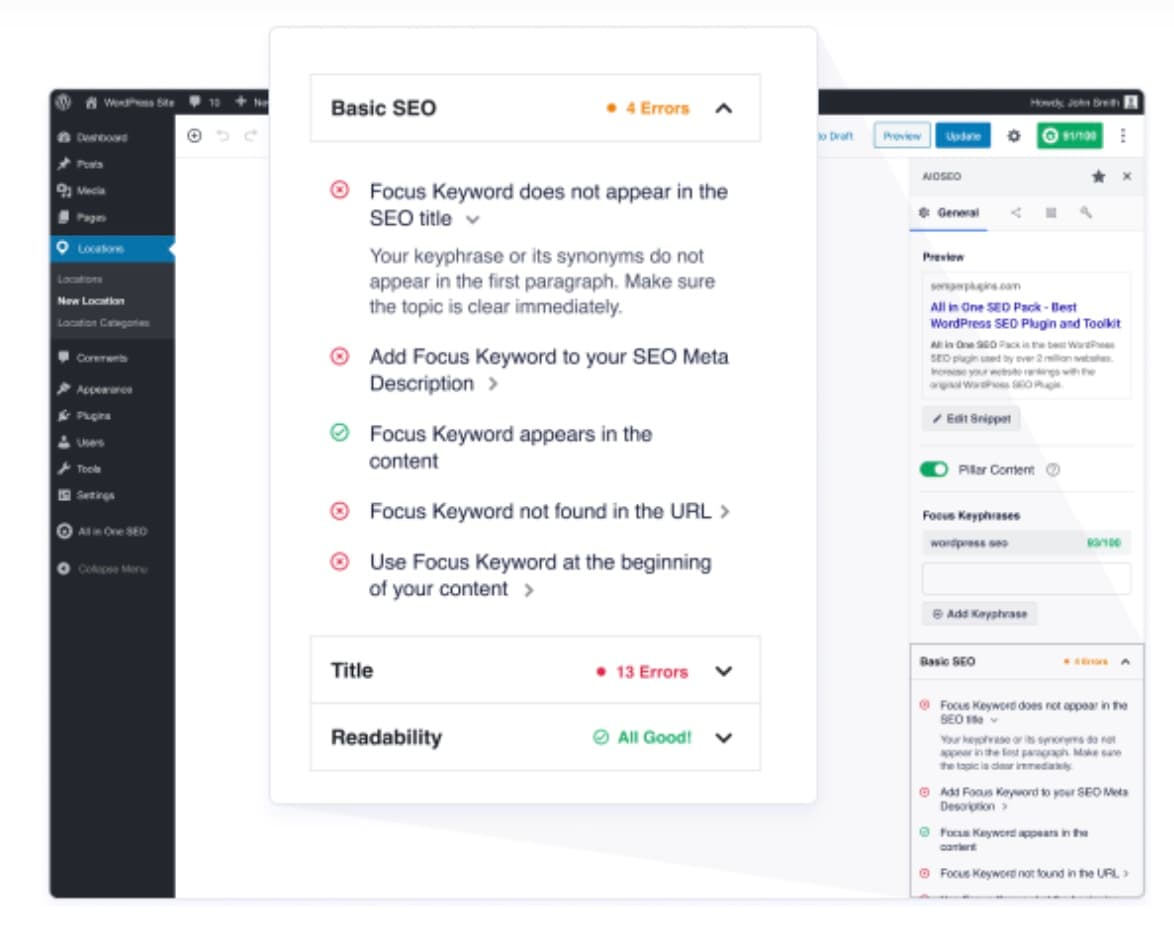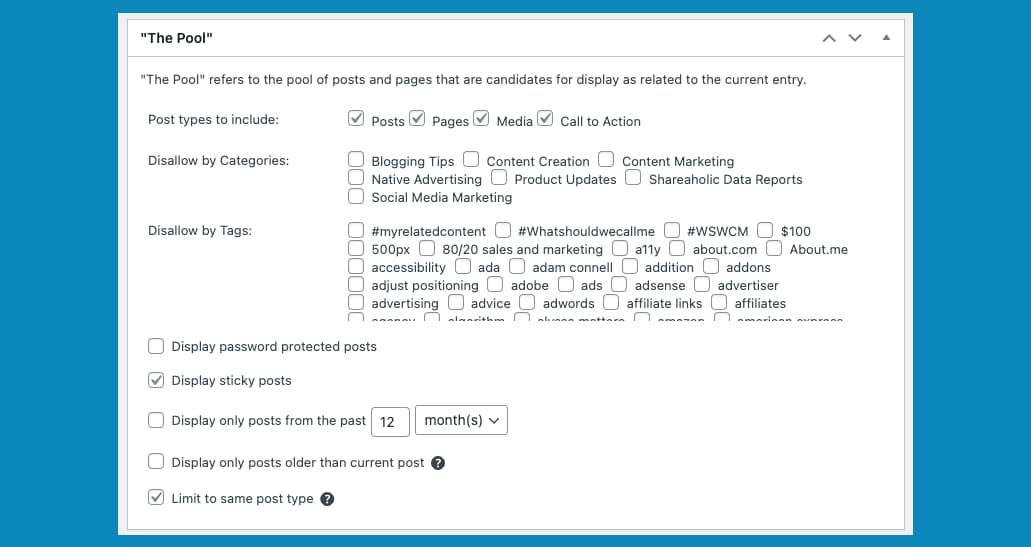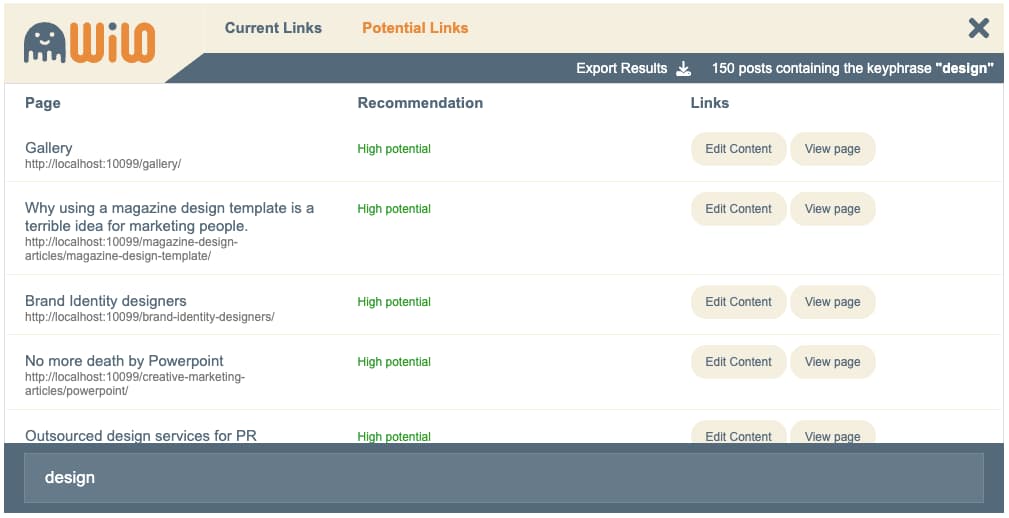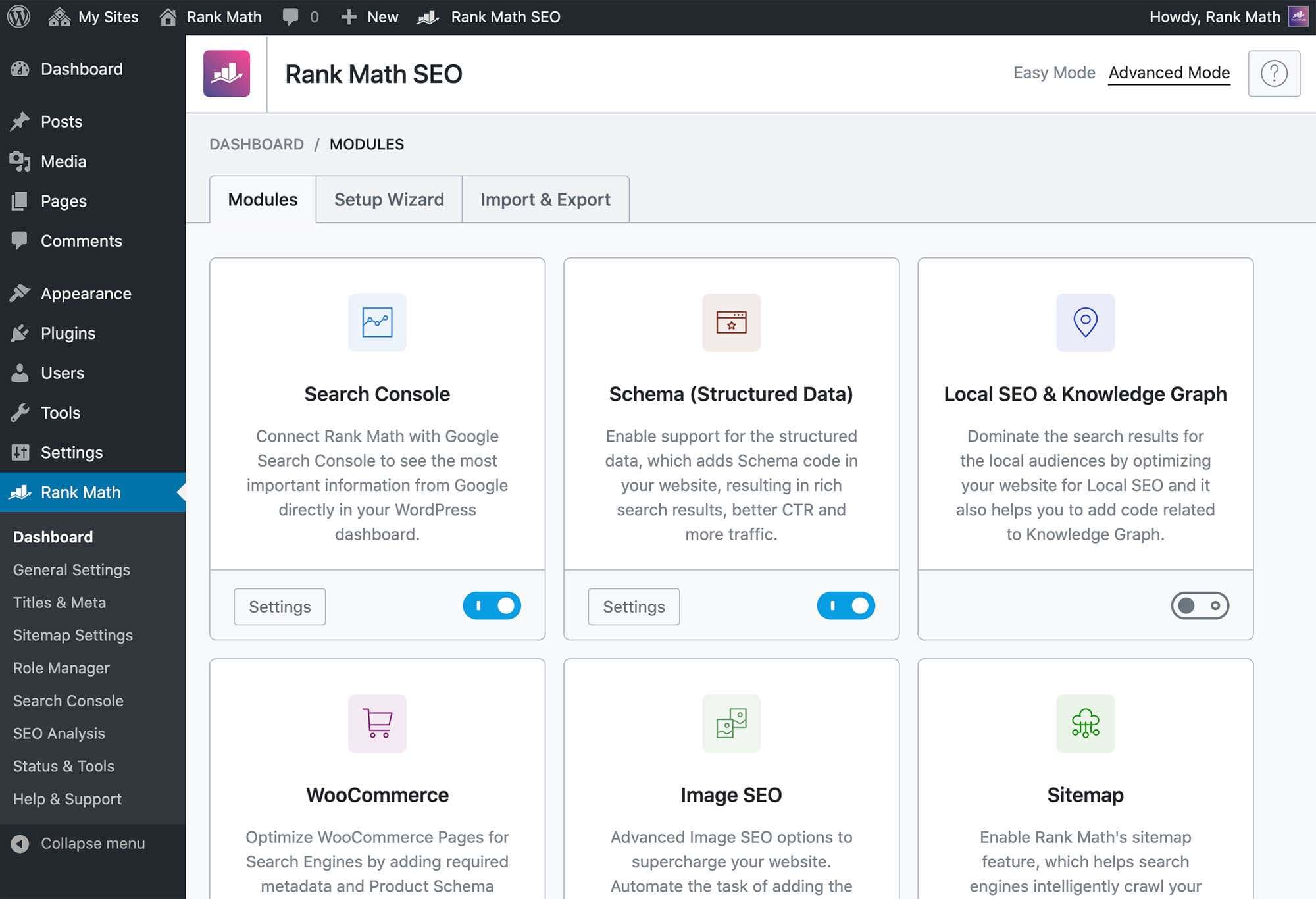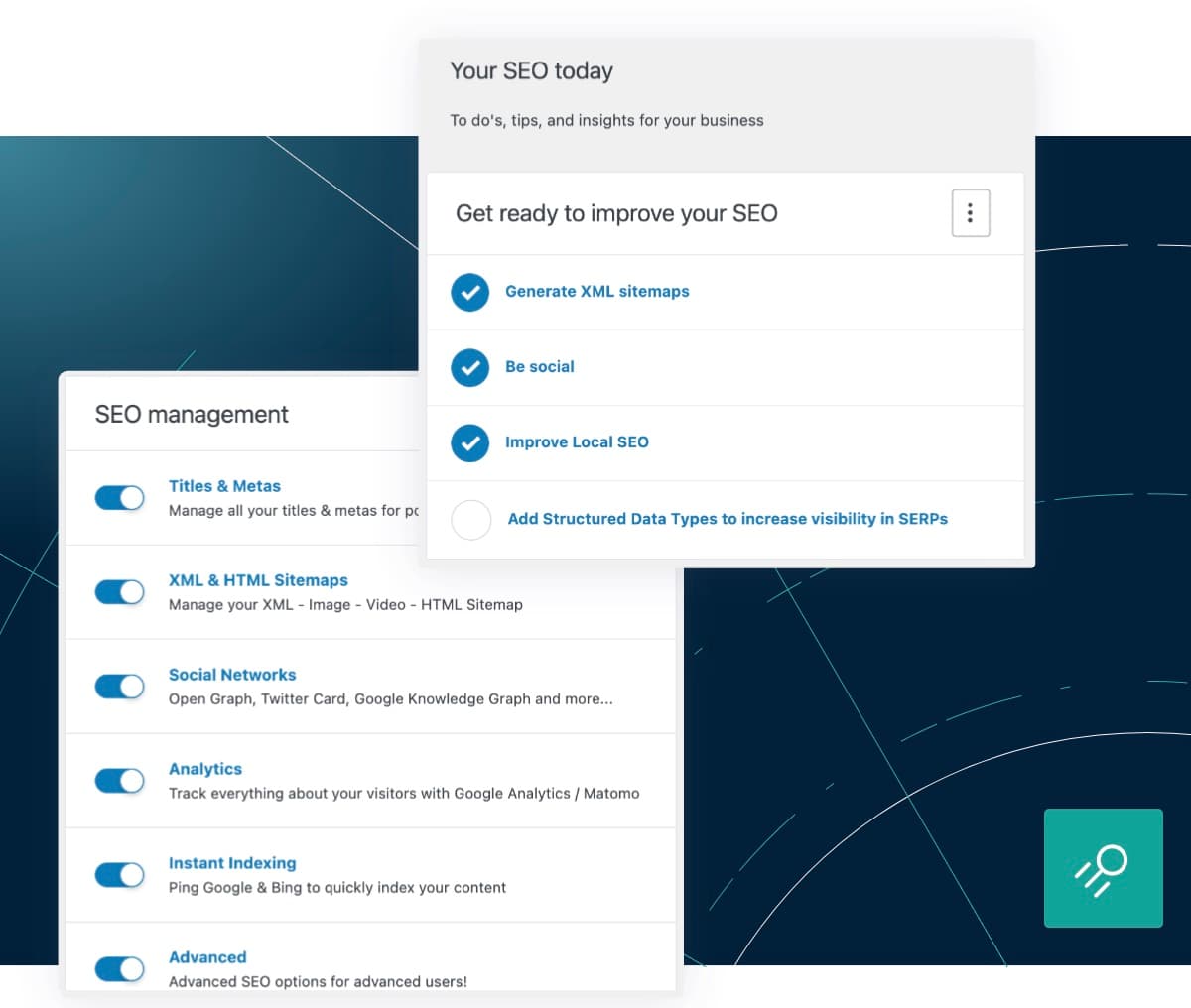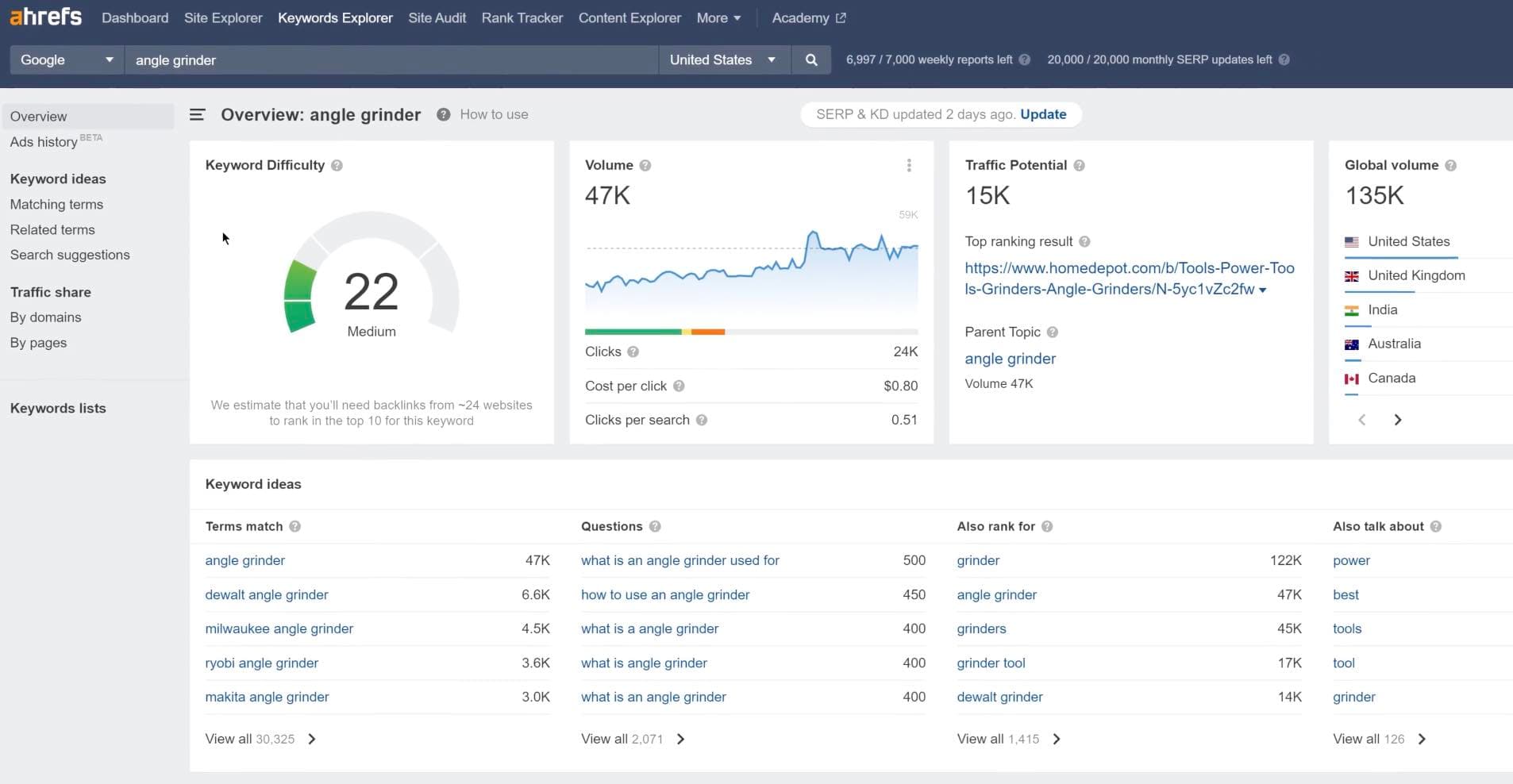MARKETING
The 11 Best Internal Linking Tools Every Marketer Needs

If you’re working on your SEO strategy, you’ve probably encountered the importance of internal and external link building.
If you haven’t built linking into your strategy from the start, you might be overwhelmed as you implement the change. But no need to fear, internal linking tools are here to help.
In this post, we’ll examine what internal link-building tools do and the benefits they can have for your business. You’ll also preview the best internal linking tools on the market so you can find a solution that meets your needs. Let’s dive in.
What are internal link-building tools?
The Benefits of Internal Link-Building Tools
What are internal link-building tools?
Internal link-building tools are software that help you find opportunities to place internal links on your website. The tools take a manual, tedious process that can take hours and turn into a quick, few-minute task that you can do regularly.
So, why should you use internal link-building tools?
Internal links increase your link value, which helps you rank higher and get more traffic. Internal links also connect your content, giving Google an idea of the structure of your website.
Plus, your visitors can easily learn more and find related pages.
Internal linking establishes a hierarchy on your site and allows you to give more value to your most important pages.
Let’s say one of your pages is internally linked three times. And one is linked 100 times. That shows the type of content you post and points Google to the page you want to get the most views on because it’s the most important.
However, the process is usually very slow. Internal linking requires going back to old posts and linking to newer ones.
Many people just link old posts to newer posts, but it’s beneficial to point readers who land on an older post (because it has more SEO juice) to pages that aren’t as established.
With an internal link-building tool, you can automate this process. But there are more benefits than just saving time in your day. Let’s dive into some below.
The Benefits of Internal Link-Building Tools
Link-building can improve your website’s performance in search. Let’s start with the stats.
It’s clear that link-building impacts your site’s ranking. Here are five additional benefits of internal link building.
1. You can establish a relationship between related content on your website.
When Google crawls your site, it follows all the links on the page to figure out the relationship between various pages, posts, and other content. That way, Google will learn which pages on your site cover a similar subject matter.
Internal links will establish a relationship between related blog posts, alerting Google to the type of content you offer and building authority in your industry.
2. Linking helps orphaned content get discovered by Google.
Orphaned content includes web pages that have no internal links pointing to them. Without an internal link, Google can’t find and index the orphaned pages.
Although you might have a sitemap that lists the URL of your pages, search engines may take a long time to reach those pages without internal links.
This is especially true for large websites that take a lot of resources to crawl or newly created sites that don’t get visited by Google often.
3. You can increase link value for your newer content.
Link value is important with SEO. When you publish a page, it builds up “SEO juice” — meaning it gains credibility through page views, external links, etc.
Newer pages don’t have any of that, of course. By linking your posts internally on older pages, you’ll be able to increase the value of your new links.
You can increase the link value to your newer content using the SEO juice you’ve already built up with Google on older pages.
4. You can improve engagement metrics and the user experience.
You always want people to stay on your site, right? How do you do that? Pointing them to other related pages will help them learn more about you and why they should use your product or service.
It’s the “binging” content experience people have on TikTok and YouTube.
You want to create the same idea on your website. Not only does it help your site, but it’s also a better user experience — visitors use your resources, learn from an expert in the industry, and hopefully become a fan of your work.
They’ll then follow you, and you can build a relationship with them. That’s the best user experience you can have with a company.
5. Internal linking tells Google what keywords you want to rank for.
Internal links send a clear message to Google about what keywords you want to rank for. Anchor text is the text that links to a page ( this is anchor text). It’s highlighted, so when you click on it, it takes you to a new page.
The anchor text of an internal link should be a relevant keyword. The keyword should be a keyword you want the linked page to rank for. It sends a message about keywords and page associations to search engines.
Anchor text tells Google this page should rank for this keyword — giving your page more SEO juice, relevance, and a better chance at ranking for that keyword.
Phew, okay, we’ve learned a lot. Now, let’s help you get it done as quickly and efficiently as possible. Here’s our list of the best internal link-building tools you can use.
The 11 Best Link Building Tools
- Link Whisper
- All in One SEO (AIOSEO)
- Internal Link Juicer
- Yoast SEO
- YARPP
- Internal Link Finder
- Interlinks Manager
- Rankmath
- SEO Press
- Google Search Console
- Ahrefs
1. Link Whisper
- Pricing: $77 annually for a single-site license; $117 annually for a 3-site license; $167 annually for a 10-site license
- Features: Google Search Console (GSC) integration, WordPress integration, finding orphan posts, intuitive internal link-building process, and reporting
- Support: Email support is available for all bundles
- Best for: Managing site-wide internal linking
This plugin crawls your entire site, indexes existing internal links, and creates a report to show you the link gaps you can fill.
The reporting feature shows how many posts were crawled, links found, internal links, orphaned posts, broken links, and 404 errors.
The tool will point you to posts that are related and not being linked to currently. It suggests anchor text and links. If you agree, all you have to do is click on a box to add the link.
It also finds orphaned posts (posts that have no incoming or outgoing internal links).
What we love: The combination of link automation and link customization is unmatched in the industry so far. Additionally, if you own several websites, Link Whisper can help you suggest internal linking strategies between those websites.
2. All in One SEO (AIOSEO)
- Pricing: $49.60 annually for basic; $99.60 annually for plus; $199.60 annually for pro; $299.60 annually for elite
- Features: Link assistance, finding orphaned content, making internal link suggestions
- Support: Standard and priority support available
- Best for: WordPress sites
AIOSEO is a beginner-friendly WordPress plugin that helps you improve your SEO without any technical knowledge.
One of the features is a Link Assistant, which helps you build better internal links. This tool will provide a detailed link report to show you the number of internal links, outbound links, and affiliate links you have for each post and page.
Then, it shows you opportunities to improve your internal links. You can see the exact phrase and anchor text. All you have to do is click a button, and then it will add that internal link to your content.
What we love: AIOSEO will also help you find orphaned pages so you can add links to them to get them indexed faster and rank higher.
3. Internal Link Juicer
- Pricing: Free for basic; $69.99 annually for pro; $249.99 for a lifetime license
- Features: Automatic link building, customize all links, varying anchor text, automatically opening links in a new tab
- Support: Email support
- Best for: WordPress, beginners, role-based editing, varying anchor text (very helpful so Google doesn’t ding you)
You don’t get the same level of control you might have with Link Whisper or AIOSEO, but Internal Link Juicer is a great option for beginners and advanced users. Plus, there is a free and paid version.
You select your keywords, and the software automatically builds links based on your content. You can also select pages that don’t need internal links.
The tool then gives you a report that allows you to track links, check best-performing ones, and replace broken links.
The Pro version takes automation to a whole new level. You have to choose the anchor keyword and the internal link associated with it.
However, one downside of this tool is that you can’t check your existing internal links. You can only build new automated ones. It also doesn’t integrate with GSC or handle broken internal links.
What we love: With the premium version, you can enable internal links between categories, customize internal links, and import focus keywords.
Plus, manual customization allows you to exclude some links and allow and restrict certain links within a category.
4. Yoast SEO
- Pricing: $99 yearly
- Features: Internal linking is only available in the premium version, finding orphaned content, finding related posts
- Support: Yoast Academy, basic and premium support available
- Best for: Orphaned content
Yoast SEO focuses on increasing your chances to rank by supporting you in building a solid internal linking structure.
It identifies the best internal linking structure required to maximize on-page SEO — which helps improve your website crawling and navigation.
The best features include finding orphaned content, giving related post suggestions, and suggesting child/sibling post relationship links.
What we love: You can add a related links block below your posts and show related posts, pages, categories, and tags.
5. Yet Another Related Posts Plugin (YARPP)
- Pricing: Free
- Features: Custom templates, customized algorithm
- Support: Professionally maintained and actively supported with regular updates
- Best for: Related posts links on WordPress
YARPP is the most popular and highest-rated related posts plugin for WordPress. This tool creates related post sections on your pages to introduce visitors to other relevant content.
It can help boost visitor engagement and time on site, helping your SEO.
You can show related pages, blog posts, media files, and even call-to-action (CTA) buttons. This way, your top pages don’t get buried underneath new ones.
The tool creates internal links to your most popular pages and/or posts so search engines can easily find your best pages.
What we love: YARPP comes with custom templates that you can match with your website design. Plus, it uses a customizable algorithm to determine which pages to show, considering your post titles, tags, categories, and more.
Internal Link Finder is an easy-to-use plugin to manage your internal link structure. This works on WordPress sites and helps you find internal link opportunities and manage your existing internal links page-by-page.
One of the best features is that it gives you a full breakdown of your internal linking score and lists areas for improvement.
What we love: Internal Link Finder can check if there are too many pages linking back to a target page with the same anchor, identify orphan pages, and find pages with no internal links. Plus, you can export the data to a spreadsheet.
Interlinks Manager works differently than almost every other tool we list in this article.
In addition to link suggestions based on keywords an algorithm picks up, you can define specific keywords inside each post. The tool will automatically add internal links to your post from other posts that contain the same keywords.
What we like: Interlinks Manager has a robust analytics feature that tracks clicks from visitors to internal links, so you know which are effective.
The tool lets you know statistics on how much “link juice” a given URL has, and you can also download the analytics into a spreadsheet.
When an internal link isn’t effective, you can adjust the anchor text or the positioning of your internal links.
The drawbacks are that the tool isn’t as intuitive and can’t identify orphan posts.
Blogs with a pillar/cluster post model have one pillar post (which broadly covers a topic) and several more detailed cluster posts (which address a specific keyword related to that topic in-depth).
Internal links power this site structure. Each cluster post links to the pillar page, building brand authority and link juice for your most important pages. Rankmath is one of the best internal linking tools for sites using the Pillar/cluster model because you can define your pillar posts for each category on your blog.
Then, the tool will automatically make link suggestions to other posts in the same category.
What we like: You can build links by entering the keywords you want to use as anchor text.
SEO Press is a plugin for WordPress that uses statistical weighting to decide which keywords to link to for your internal link structure. The method calculates the importance of a keyword within a page compared to other articles and then suggests up to five internal links per post.
What we like: The SEO meta box can work with all page builders and identify rich anchor text.
Google Search Console provides a link analysis report showing you your top linked pages (both internally and externally). The internal links will give you the number of internal links going to specific URLs.
However, it does not show anchor text and is only meant as a jumping-off point for building your internal links. You can download the report but will still need to add links to URLS manually. What we love: This is great for finding orphan content. GSC shows you which URLs have zero internal links, so you can prioritize those and make it easier for search engines to find your posts.
Ahrefs is an all-in-one SEO tool with several features, including an internal link site audit with the Link Opportunities tool.
You can find out what top pages you’re internally linking to, plus get opportunity suggestions. The feature looks at the top 10 keywords that each page on your site is ranking for and then looks for mentions of those keywords on your website to give you internal link suggestions.
Note: You’ll still need to manually update the links, but you can export link opportunities quickly.
Internal linking is an important part of SEO, and until recently, it has been a manual process. With internal linking tools, you can boost your SEO in minutes by finding internal link suggestions and adding to your posts with one click.

6. Internal Link Finder
7. Interlinks Manager
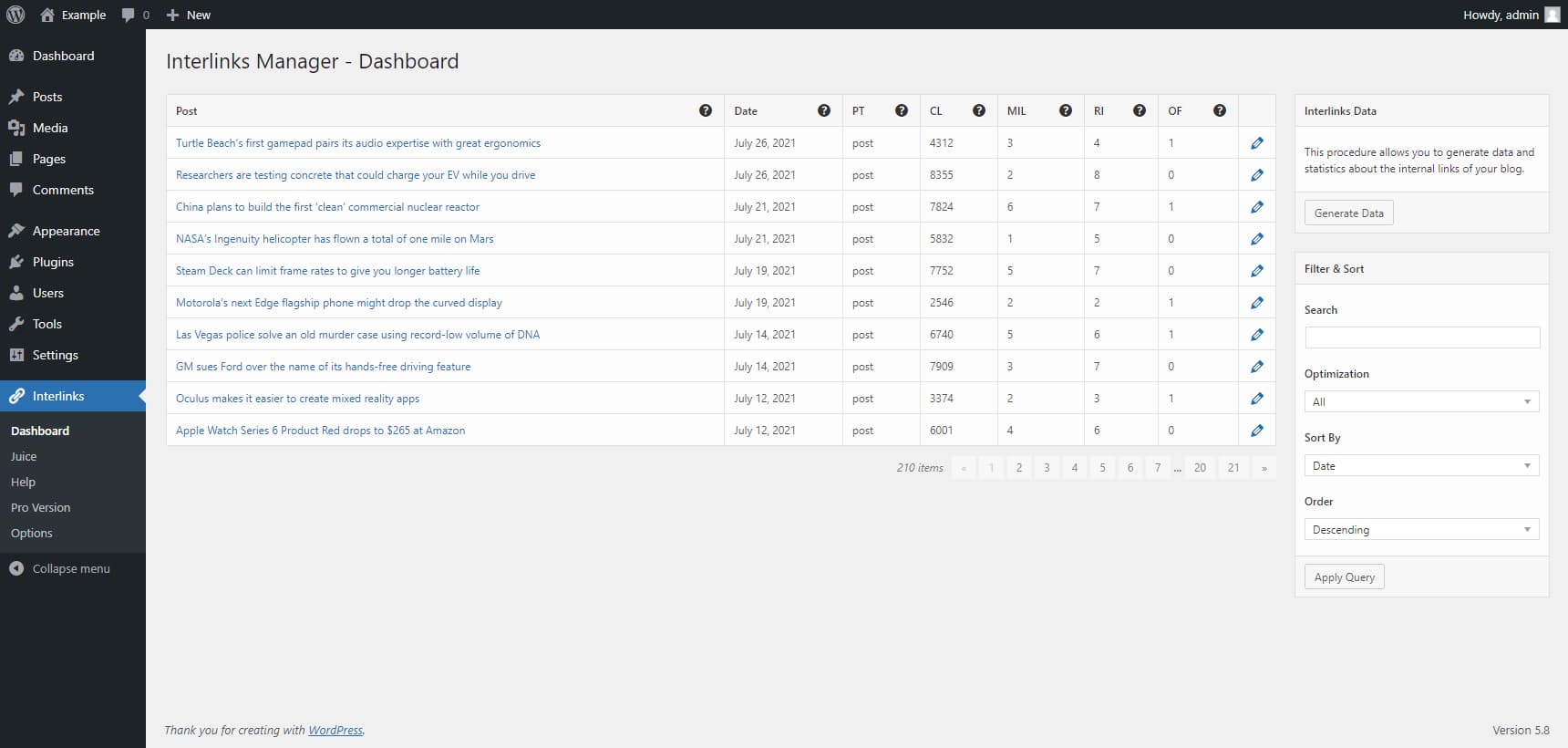
8. Rankmath
9. SEO Press
10. Google Search Console (GSC)
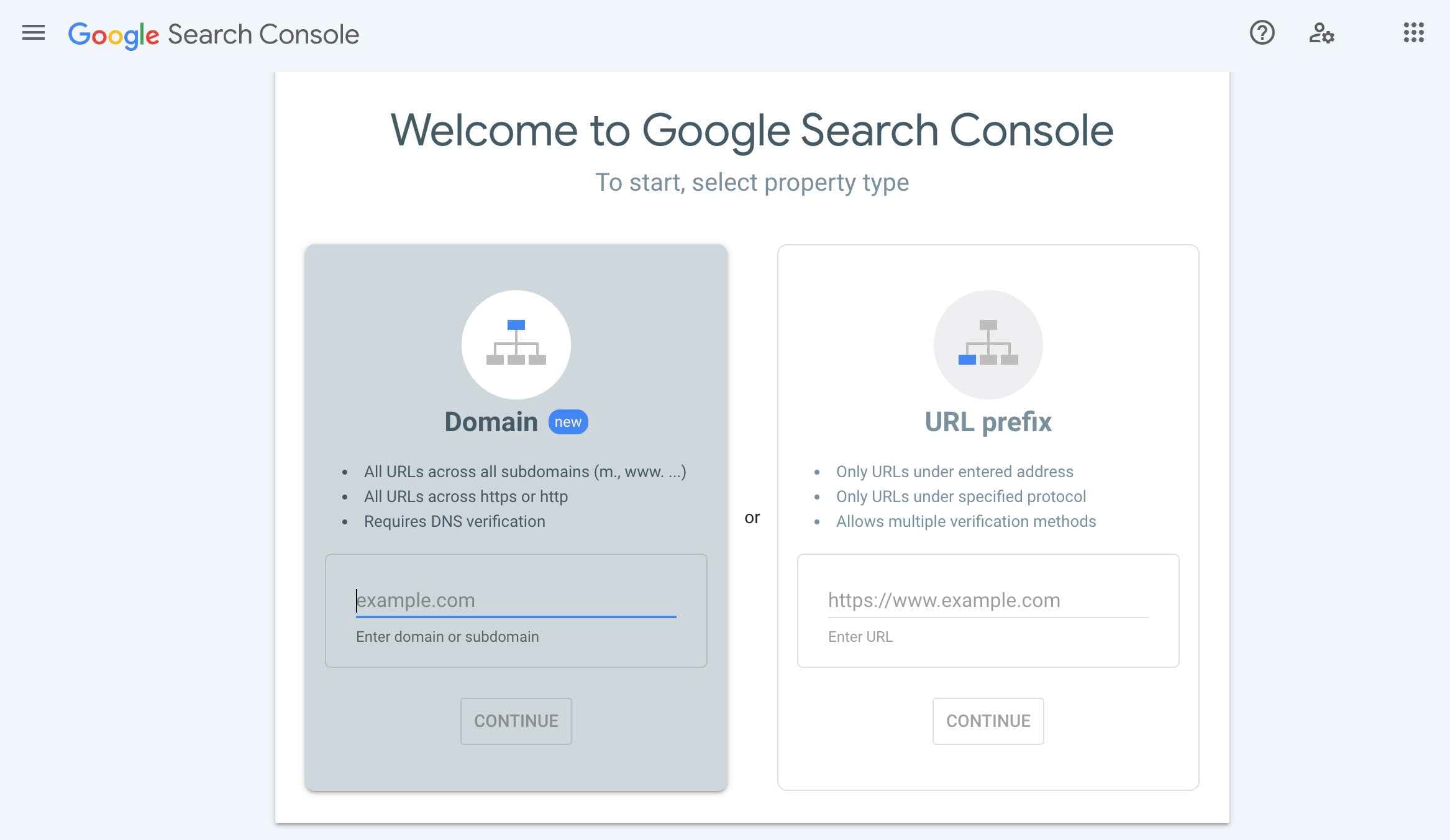
11. Ahrefs
Getting Started
MARKETING
Tinuiti Marketing Analytics Recognized by Forrester

Rapid Media Mix Modeling and Proprietary Tech Transform Brand Performance
Tinuiti, the largest independent full-funnel performance marketing agency, has been included in a recent Forrester Research report titled, “The Marketing Analytics Landscape, Q2 2024.” This report comprehensively overviews marketing analytics markets, use cases, and capabilities. B2C marketing leaders can use this research by Principal Analyst Tina Moffett to understand the intersection of marketing analytics capabilities and use cases to determine the vendor or service provider best positioned for their analytics and insights needs. Moffett describes the top marketing analytics markets as advertising agencies, marketing dashboards and business intelligence tools, marketing measurement and optimization platforms and service providers, and media analytics tools.
As an advertising agency, we believe Tinuiti is uniquely positioned to manage advertising campaigns for brands including buying, targeting, and measurement. Our proprietary measurement technology, Bliss Point by Tinuiti, allows us to measure the optimal level of investment to maximize impact and efficiency. According to the Forrester report, “only 30% of B2C marketing decision-makers say their organization uses marketing or media mix modeling (MMM),” so having a partner that knows, embraces, and utilizes MMM is important. As Tina astutely explains, data-driven agencies have amplified their marketing analytics competencies with data science expertise; and proprietary tools; and tailored their marketing analytics techniques based on industry, business, and data challenges.
Our Rapid Media Mix Modeling sets a new standard in the market with its exceptional speed, precision, and transparency. Our patented tech includes Rapid Media Mix Modeling, Always-on Incrementality, Brand Equity, Creative Insights, and Forecasting – it will get you to your Marketing Bliss Point in each channel, across your entire media mix, and your overall brand performance.
As a marketing leader you may ask yourself:
- How much of our marketing budget should we allocate to driving store traffic versus e-commerce traffic?
- How should we allocate our budget by channel to generate the most traffic and revenue possible?
- How many customers did we acquire in a specific region with our media spend?
- What is the impact of seasonality on our media mix?
- How should we adjust our budget accordingly?
- What is the optimal marketing channel mix to maximize brand awareness?
These are just a few of the questions that Bliss Point by Tinuiti can help you answer.
Learn more about our customer-obsessed, product-enabled, and fully integrated approach and how we’ve helped fuel full-funnel outcomes for the world’s most digital-forward brands like Poppi & Toms.
The Landscape report is available online to Forrester customers or for purchase here.
MARKETING
Ecommerce evolution: Blurring the lines between B2B and B2C

Understanding convergence
B2B and B2C ecommerce are two distinct models of online selling. B2B ecommerce is between businesses, such as wholesalers, distributors, and manufacturers. B2C ecommerce refers to transactions between businesses like retailers and consumer brands, directly to individual shoppers.
However, in recent years, the boundaries between these two models have started to fade. This is known as the convergence between B2B and B2C ecommerce and how they are becoming more similar and integrated.
Source: White Paper: The evolution of the B2B Consumer Buyer (ClientPoint, Jan 2024)
What’s driving this change?
Ever increasing customer expectations
Customers today expect the same level of convenience, speed, and personalization in their B2B transactions as they do in their B2C interactions. B2B buyers are increasingly influenced by their B2C experiences. They want research, compare, and purchase products online, seamlessly transitioning between devices and channels. They also prefer to research and purchase online, using multiple devices and channels.
Forrester, 68% of buyers prefer to research on their own, online . Customers today expect the same level of convenience, speed, and personalization in their B2B transactions as they do in their B2C interactions. B2B buyers are increasingly influenced by their B2C experiences. They want research, compare, and purchase products online, seamlessly transitioning between devices and channels. They also prefer to research and purchase online, using multiple devices and channels
Technology and omnichannel strategies
Technology enables B2B and B2C ecommerce platforms to offer more features and functionalities, such as mobile optimization, chatbots, AI, and augmented reality. Omnichannel strategies allow B2B and B2C ecommerce businesses to provide a seamless and consistent customer experience across different touchpoints, such as websites, social media, email, and physical stores.
However, with every great leap forward comes its own set of challenges. The convergence of B2B and B2C markets means increased competition. Businesses now not only have to compete with their traditional rivals, but also with new entrants and disruptors from different sectors. For example, Amazon Business, a B2B ecommerce platform, has become a major threat to many B2B ecommerce businesses, as it offers a wide range of products, low prices, and fast delivery
“Amazon Business has proven that B2B ecommerce can leverage popular B2C-like functionality” argues Joe Albrecht, CEO / Managing Partner, Xngage. . With features like Subscribe-and-Save (auto-replenishment), one-click buying, and curated assortments by job role or work location, they make it easy for B2B buyers to go to their website and never leave. Plus, with exceptional customer service and promotional incentives like Amazon Business Prime Days, they have created a reinforcing loyalty loop.
And yet, according to Barron’s, Amazon Business is only expected to capture 1.5% of the $5.7 Trillion addressable business market by 2025. If other B2B companies can truly become digital-first organizations, they can compete and win in this fragmented space, too.”
If other B2B companies can truly become digital-first organizations, they can also compete and win in this fragmented space
Joe AlbrechtCEO/Managing Partner, XNGAGE
Increasing complexity
Another challenge is the increased complexity and cost of managing a converging ecommerce business. Businesses have to deal with different customer segments, requirements, and expectations, which may require different strategies, processes, and systems. For instance, B2B ecommerce businesses may have to handle more complex transactions, such as bulk orders, contract negotiations, and invoicing, while B2C ecommerce businesses may have to handle more customer service, returns, and loyalty programs. Moreover, B2B and B2C ecommerce businesses must invest in technology and infrastructure to support their convergence efforts, which may increase their operational and maintenance costs.
How to win
Here are a few ways companies can get ahead of the game:
Adopt B2C-like features in B2B platforms
User-friendly design, easy navigation, product reviews, personalization, recommendations, and ratings can help B2B ecommerce businesses to attract and retain more customers, as well as to increase their conversion and retention rates.
According to McKinsey, ecommerce businesses that offer B2C-like features like personalization can increase their revenues by 15% and reduce their costs by 20%. You can do this through personalization of your website with tools like Product Recommendations that help suggest related products to increase sales.
Focus on personalization and customer experience
B2B and B2C ecommerce businesses need to understand their customers’ needs, preferences, and behaviors, and tailor their offerings and interactions accordingly. Personalization and customer experience can help B2B and B2C ecommerce businesses to increase customer satisfaction, loyalty, and advocacy, as well as to improve their brand reputation and competitive advantage. According to a Salesforce report, 88% of customers say that the experience a company provides is as important as its products or services.
Market based on customer insights
Data and analytics can help B2B and B2C ecommerce businesses to gain insights into their customers, markets, competitors, and performance, and to optimize their strategies and operations accordingly. Data and analytics can also help B2B and B2C ecommerce businesses to identify new opportunities, trends, and innovations, and to anticipate and respond to customer needs and expectations. According to McKinsey, data-driven organizations are 23 times more likely to acquire customers, six times more likely to retain customers, and 19 times more likely to be profitable.
What’s next?
The convergence of B2B and B2C ecommerce is not a temporary phenomenon, but a long-term trend that will continue to shape the future of ecommerce. According to Statista, the global B2B ecommerce market is expected to reach $20.9 trillion by 2027, surpassing the B2C ecommerce market, which is expected to reach $10.5 trillion by 2027. Moreover, the report predicts that the convergence of B2B and B2C ecommerce will create new business models, such as B2B2C, B2A (business to anyone), and C2B (consumer to business).
Therefore, B2B and B2C ecommerce businesses need to prepare for the converging ecommerce landscape and take advantage of the opportunities and challenges it presents. Here are some recommendations for B2B and B2C ecommerce businesses to navigate the converging landscape:
- Conduct a thorough analysis of your customers, competitors, and market, and identify the gaps and opportunities for convergence.
- Develop a clear vision and strategy for convergence, and align your goals, objectives, and metrics with it.
- Invest in technology and infrastructure that can support your convergence efforts, such as cloud, mobile, AI, and omnichannel platforms.
- Implement B2C-like features in your B2B platforms, and vice versa, to enhance your customer experience and satisfaction.
- Personalize your offerings and interactions with your customers, and provide them with relevant and valuable content and solutions.
- Leverage data and analytics to optimize your performance and decision making, and to innovate and differentiate your business.
- Collaborate and partner with other B2B and B2C ecommerce businesses, as well as with other stakeholders, such as suppliers, distributors, and customers, to create value and synergy.
- Monitor and evaluate your convergence efforts, and adapt and improve them as needed.
By following these recommendations, B2B and B2C ecommerce businesses can bridge the gap between their models and create a more integrated and seamless ecommerce experience for their customers and themselves.
MARKETING
Streamlining Processes for Increased Efficiency and Results

How can businesses succeed nowadays when technology rules? With competition getting tougher and customers changing their preferences often, it’s a challenge. But using marketing automation can help make things easier and get better results. And in the future, it’s going to be even more important for all kinds of businesses.
So, let’s discuss how businesses can leverage marketing automation to stay ahead and thrive.
Benefits of automation marketing automation to boost your efforts
First, let’s explore the benefits of marketing automation to supercharge your efforts:
Marketing automation simplifies repetitive tasks, saving time and effort.
With automated workflows, processes become more efficient, leading to better productivity. For instance, automation not only streamlines tasks like email campaigns but also optimizes website speed, ensuring a seamless user experience. A faster website not only enhances customer satisfaction but also positively impacts search engine rankings, driving more organic traffic and ultimately boosting conversions.
Automation allows for precise targeting, reaching the right audience with personalized messages.
With automated workflows, processes become more efficient, leading to better productivity. A great example of automated workflow is Pipedrive & WhatsApp Integration in which an automated welcome message pops up on their WhatsApp
within seconds once a potential customer expresses interest in your business.
Increases ROI
By optimizing campaigns and reducing manual labor, automation can significantly improve return on investment.
Leveraging automation enables businesses to scale their marketing efforts effectively, driving growth and success. Additionally, incorporating lead scoring into automated marketing processes can streamline the identification of high-potential prospects, further optimizing resource allocation and maximizing conversion rates.
Harnessing the power of marketing automation can revolutionize your marketing strategy, leading to increased efficiency, higher returns, and sustainable growth in today’s competitive market. So, why wait? Start automating your marketing efforts today and propel your business to new heights, moreover if you have just learned ways on how to create an online business
How marketing automation can simplify operations and increase efficiency
Understanding the Change
Marketing automation has evolved significantly over time, from basic email marketing campaigns to sophisticated platforms that can manage entire marketing strategies. This progress has been fueled by advances in technology, particularly artificial intelligence (AI) and machine learning, making automation smarter and more adaptable.
One of the main reasons for this shift is the vast amount of data available to marketers today. From understanding customer demographics to analyzing behavior, the sheer volume of data is staggering. Marketing automation platforms use this data to create highly personalized and targeted campaigns, allowing businesses to connect with their audience on a deeper level.
The Emergence of AI-Powered Automation
In the future, AI-powered automation will play an even bigger role in marketing strategies. AI algorithms can analyze huge amounts of data in real-time, helping marketers identify trends, predict consumer behavior, and optimize campaigns as they go. This agility and responsiveness are crucial in today’s fast-moving digital world, where opportunities come and go in the blink of an eye. For example, we’re witnessing the rise of AI-based tools from AI website builders, to AI logo generators and even more, showing that we’re competing with time and efficiency.
Combining AI-powered automation with WordPress management services streamlines marketing efforts, enabling quick adaptation to changing trends and efficient management of online presence.
Moreover, AI can take care of routine tasks like content creation, scheduling, and testing, giving marketers more time to focus on strategic activities. By automating these repetitive tasks, businesses can work more efficiently, leading to better outcomes. AI can create social media ads tailored to specific demographics and preferences, ensuring that the content resonates with the target audience. With the help of an AI ad maker tool, businesses can efficiently produce high-quality advertisements that drive engagement and conversions across various social media platforms.
Personalization on a Large Scale
Personalization has always been important in marketing, and automation is making it possible on a larger scale. By using AI and machine learning, marketers can create tailored experiences for each customer based on their preferences, behaviors, and past interactions with the brand.
This level of personalization not only boosts customer satisfaction but also increases engagement and loyalty. When consumers feel understood and valued, they are more likely to become loyal customers and brand advocates. As automation technology continues to evolve, we can expect personalization to become even more advanced, enabling businesses to forge deeper connections with their audience. As your company has tiny homes for sale California, personalized experiences will ensure each customer finds their perfect fit, fostering lasting connections.
Integration Across Channels
Another trend shaping the future of marketing automation is the integration of multiple channels into a cohesive strategy. Today’s consumers interact with brands across various touchpoints, from social media and email to websites and mobile apps. Marketing automation platforms that can seamlessly integrate these channels and deliver consistent messaging will have a competitive edge. When creating a comparison website it’s important to ensure that the platform effectively aggregates data from diverse sources and presents it in a user-friendly manner, empowering consumers to make informed decisions.
Omni-channel integration not only betters the customer experience but also provides marketers with a comprehensive view of the customer journey. By tracking interactions across channels, businesses can gain valuable insights into how consumers engage with their brand, allowing them to refine their marketing strategies for maximum impact. Lastly, integrating SEO services into omni-channel strategies boosts visibility and helps businesses better understand and engage with their customers across different platforms.
The Human Element
While automation offers many benefits, it’s crucial not to overlook the human aspect of marketing. Despite advances in AI and machine learning, there are still elements of marketing that require human creativity, empathy, and strategic thinking.
Successful marketing automation strikes a balance between technology and human expertise. By using automation to handle routine tasks and data analysis, marketers can focus on what they do best – storytelling, building relationships, and driving innovation.
Conclusion
The future of marketing automation looks promising, offering improved efficiency and results for businesses of all sizes.
As AI continues to advance and consumer expectations change, automation will play an increasingly vital role in keeping businesses competitive.
By embracing automation technologies, marketers can simplify processes, deliver more personalized experiences, and ultimately, achieve their business goals more effectively than ever before.
-

 SEARCHENGINES6 days ago
SEARCHENGINES6 days agoGoogle Core Update Volatility, Helpful Content Update Gone, Dangerous Google Search Results & Google Ads Confusion
-

 SEO6 days ago
SEO6 days ago10 Paid Search & PPC Planning Best Practices
-

 MARKETING7 days ago
MARKETING7 days ago2 Ways to Take Back the Power in Your Business: Part 2
-

 MARKETING5 days ago
MARKETING5 days ago5 Psychological Tactics to Write Better Emails
-

 SEARCHENGINES5 days ago
SEARCHENGINES5 days agoWeekend Google Core Ranking Volatility
-

 PPC7 days ago
PPC7 days agoCritical Display Error in Brand Safety Metrics On Twitter/X Corrected
-

 MARKETING6 days ago
MARKETING6 days agoThe power of program management in martech
-
SEARCHENGINES4 days ago
Daily Search Forum Recap: April 15, 2024

![The 11 Best Internal Linking Tools Every Marketer Needs → Download Now: SEO Starter Pack [Free Kit]](https://articles.entireweb.com/wp-content/uploads/2023/04/29-of-the-Best-SEO-Tools-for-Auditing-Monitoring.png)
